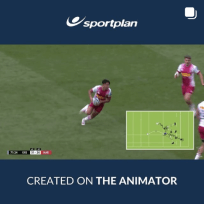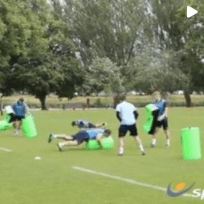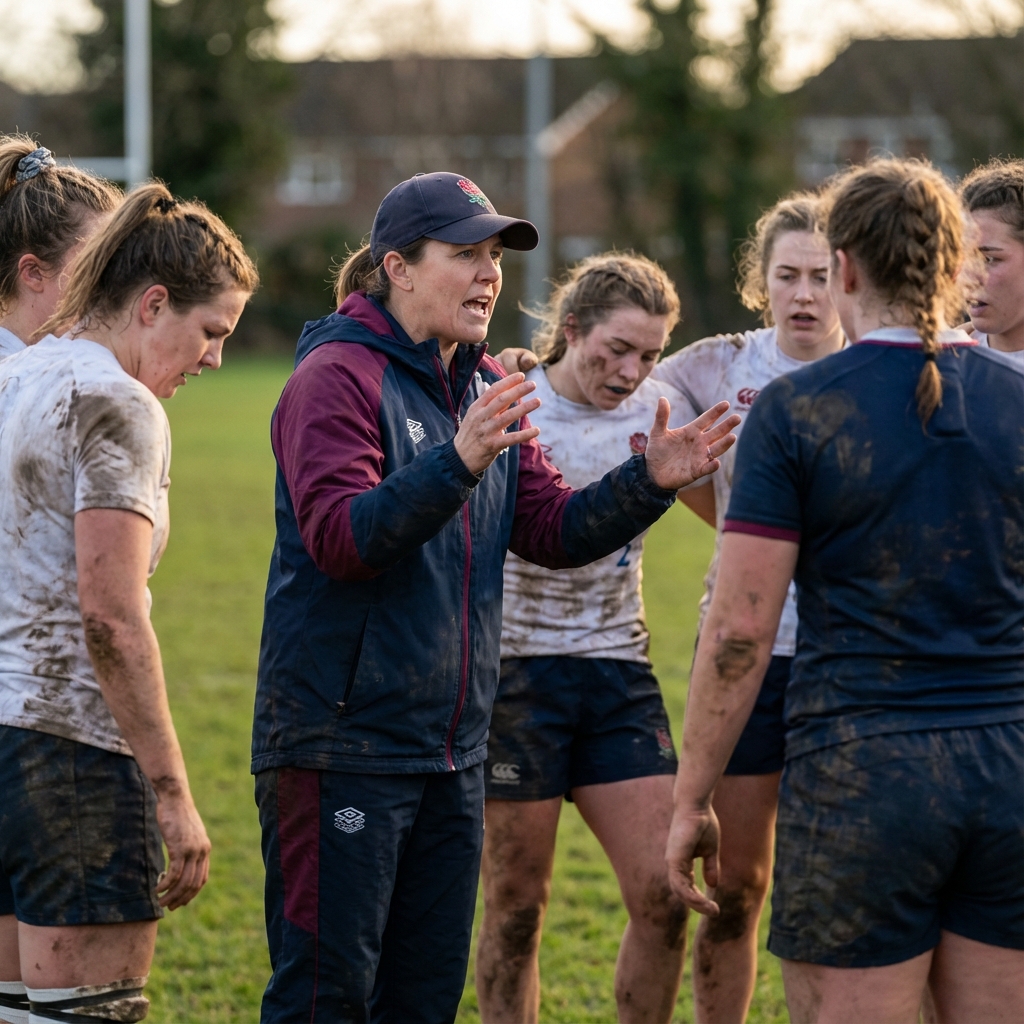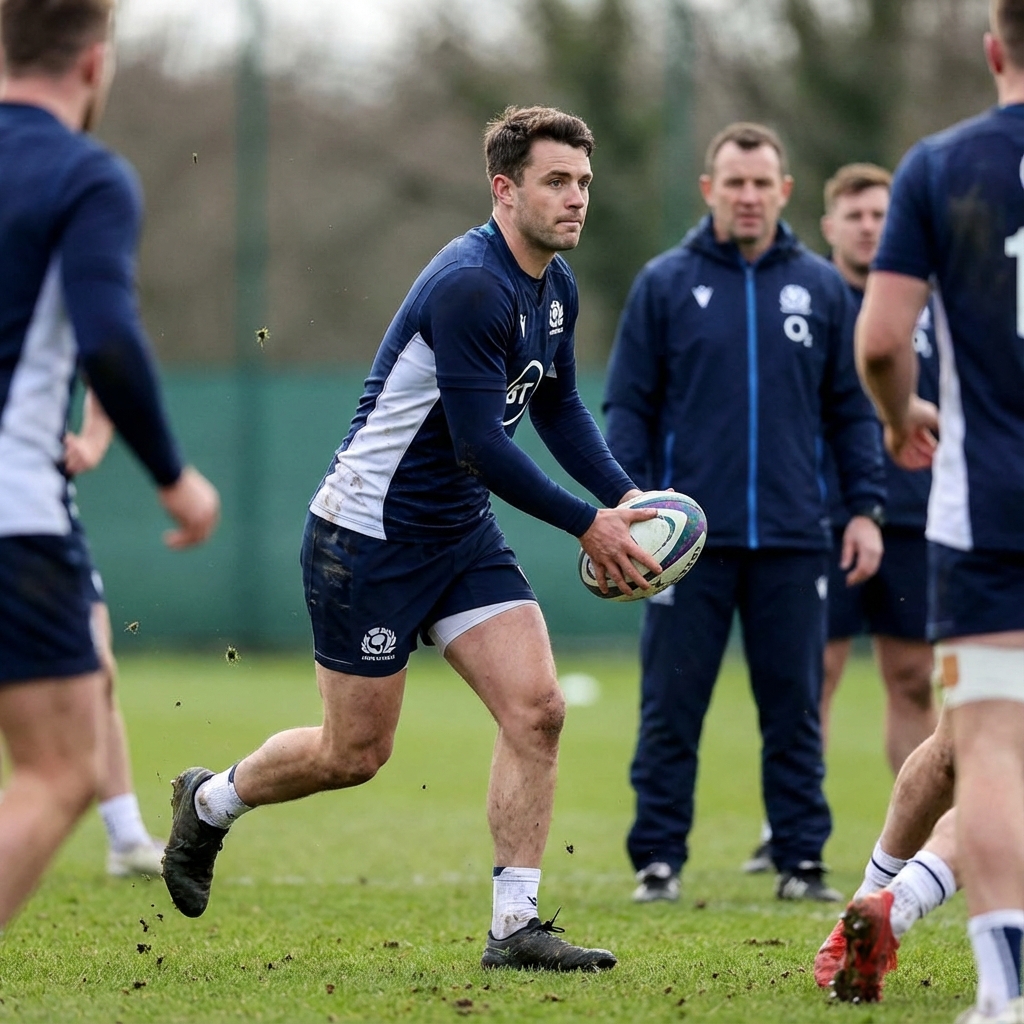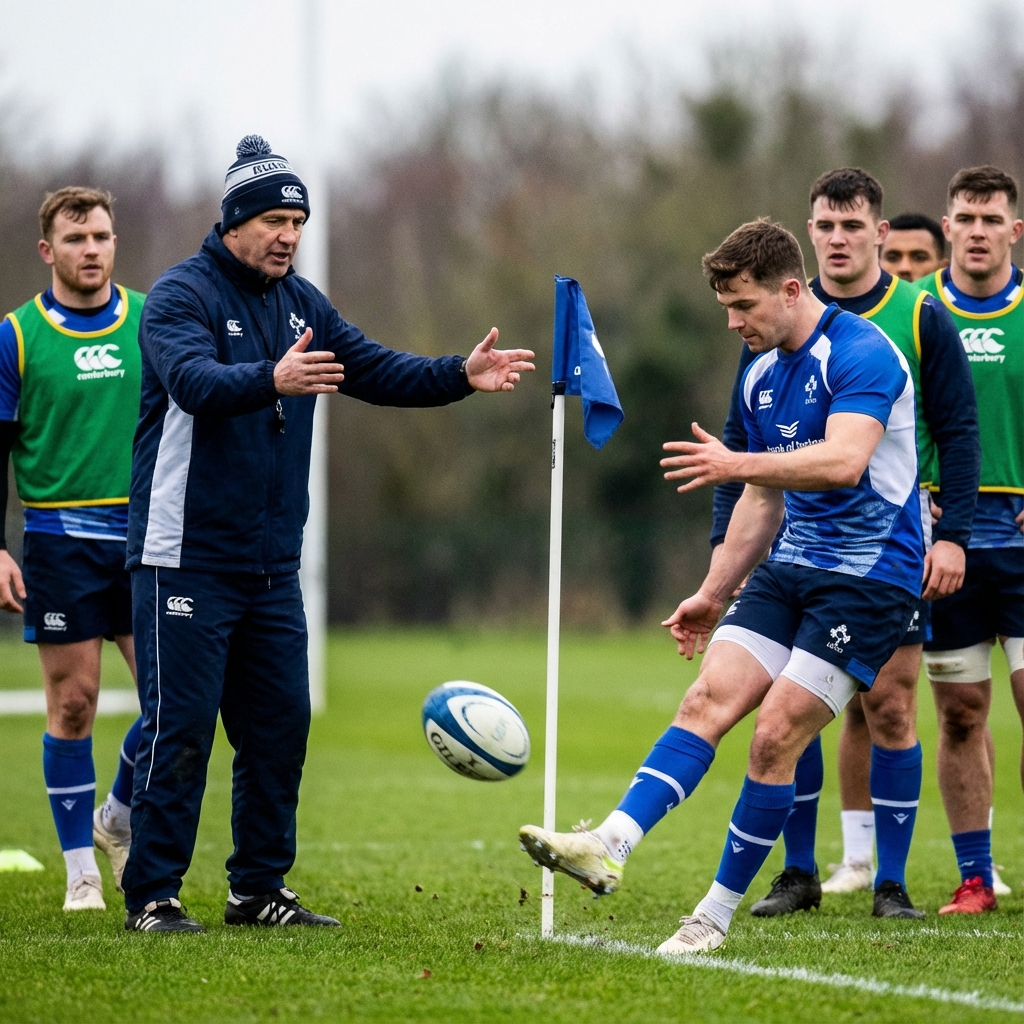Hi Krappie,
In rugby, getting onto your feet without using your knees after a tackle is an important skill for players, especially to maintain continuity in play and avoid conceding penalties. Here's a basic guide on how to achieve this:
Maintain body control:
- After being tackled, focus on keeping your body balanced and under control. This means keeping your core engaged and your limbs ready to move.
Push off the ground with your hands:
- Instead of using your knees to lift yourself off the ground, push off with your hands. Plant your hands firmly on the ground, slightly wider than shoulder-width apart, and use them to push your upper body upwards.
Use your hips and legs:
- As you push off with your hands, engage your core muscles and drive your hips and legs upwards. Imagine pushing the ground away from you with your hands while simultaneously driving your hips towards the sky.
Keep your feet close to your body:
- To minimise the distance you need to lift your lower body, keep your feet close to your buttocks as you push off the ground. This will make it easier to bring your feet underneath you as you stand up.
Focus on balance and stability:
- As you rise to your feet, concentrate on maintaining balance and stability. Keep your eyes up and your body centered over your feet to prevent tipping over.
Practice proper technique:
- Like any skill in rugby, getting onto your feet without using your knees requires practice. Incorporate drills into your training sessions that focus on getting up quickly after being tackled, and pay attention to your technique to ensure efficiency and effectiveness.
Stay legal:
- While getting onto your feet, be mindful of not using your knees to gain an advantage or to clear out opponents. Using your knees inappropriately can result in penalties and sanctions from the referee.
By mastering the technique of getting onto your feet without using your knees, you'll be able to maintain possession of the ball and keep the game flowing smoothly during tackles in rugby.
I hope this helps,
Cam








